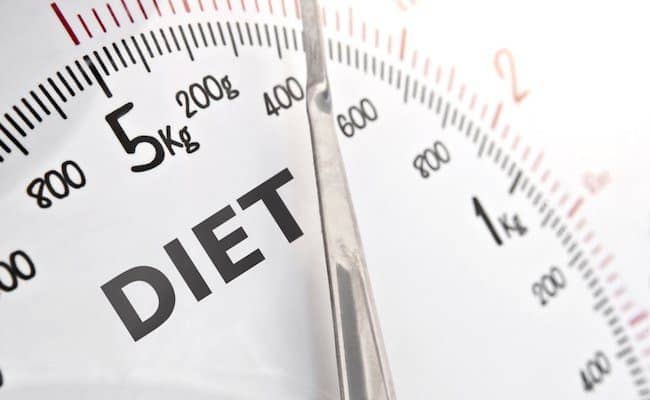
If you want to lose 100 grams, which is about ¼ of a pound, in theory you would have to cut out about 875 calories through diet and exercise. This could be done in a day or over any amount of time period.
There are many factors that can influence metabolism and weight including: age, body size, sex, genetics, body composition and other health factors.
How many calories you need to burn for weight loss can vary, but there are calorie estimate equations that are readily available to help estimate calorie needs during weight loss.
The good news is if you want to lose 100 grams, which is about ¼ pound, this can be relatively easy to accomplish in a short period of time. In fact, your weight can fluctuate more than this throughout the day.
There are many ways you can burn 100 grams or even up to a few pounds. Many weight loss diets, programs and shifts in behavior can lead to losing weight.
However, they may be a result of losing water weight, lean muscle mass or body fat. Initial weight loss efforts usually result in a loss of a combination of water, lean mass and body fat.
However, certain healthy weight loss efforts can encourage body fat loss over lean tissue loss.
How to lose 100 grams or ¼ pound?
Losing 100 grams in body weight can simply happen throughout any given day with natural changes in fluid regulation and food consumption.
However, if you are looking to lose 100 grams, or any other amount, in fat mass, make sure you are not following a fad diet.
Fad diets are usually very low in calories and limit food intake while cutting out nutrient dense foods.
Following a very low or low calorie diet can help you lose weight, but once you get off that diet the weight will come right back.
How can you lose weight that is body fat?
Body fat loss may be slower to see results, but this is the type of weight loss that generally counts for health improvement.
Losing body fat can be done through following a healthy, balanced diet and incorporating exercise into your lifestyle.
How much exercise you need for health and weight loss can vary. In general, a combination of resistance training, moderate and higher intensity exercise can provide calorie burn plus helping to keep lean muscle mass.
When do you lose weight?
Weight loss has been guided by the principle of 3,500 calories being equal to one pound of fat.
Therefore, to lose one pound in a week, you would need to be in a calorie deficit of about 500 calories every day to lose a pound.
If you want to lose 2 pounds in a week, this would double to about 1,000 calorie deficit every day for a week. This deficit can be through a combination of diet and exercise efforts.
If you want to lose 100 grams, which is about ¼ of a pound, in theory you would have to cut out about 875 calories through diet and exercise. This could be done in a day or over any amount of time period.
Cutting your calorie intake by eliminating empty calorie foods is recommended over cutting out nutrient dense foods. Lowering your calorie intake to shift your body to burn fat is the goal.
However, while many people may lose some initial weight while following a low calorie diet, sometimes weight loss efforts plateau or go back up once off a low calorie diet.
This is because metabolism rates can slow when calories are cut, and stress hormone levels can increase which can weight loss more difficult.
Normal weight fluctuations through the day
If you are focusing on trying to lose 100 grams, or even a pound or two, recognize that it is normal for your weight to fluctuate this amount throughout the course of a day.
Focusing on this small amount of weight loss can lead to obsession with weighing yourself and watching your food intake which is not healthy.
It’s important to know your health is more important than just the number on the scale. The number on the scale can’t tell you how much muscle mass you have or what is going on in the inside of your body.
The focus should be on making healthy lifestyle behavior changes like healthy eating patterns, sleep habits, stress levels and exercise routines.
Why weight loss calculations don’t always work
Unfortunately, weight loss is not always as simple as plugging numbers into a math equation.
The human body is much more complex than simple numbers, and this may be one reason why using the standard weight loss equation doesn’t work in every situation.
The idea of 3,500 calories equaling one pound of body fat dates back to information from 1958, but knowledge from health experts since this time have shed light into weight loss dynamics.
The good news is generally speaking the rule of thumb for cutting out or increasing calorie burn of 3,500 calories per week for a pound of weight loss generally works in the short term for weight loss.
However, when you keep trying to apply this principle in the long term for weight loss, it doesn’t always continue to add up.
This is because throughout weight loss, there are dynamic changes in the body taking place that can’t be accounted for in an equation.
Does this mean all weight loss efforts focused around 3,500 calories in a pound rule should be discarded? Not necessarily.
These can be used as a general guidance for weight loss, but it should be recognized it is not set in stone and adjustments may need to happen throughout weight loss efforts.










